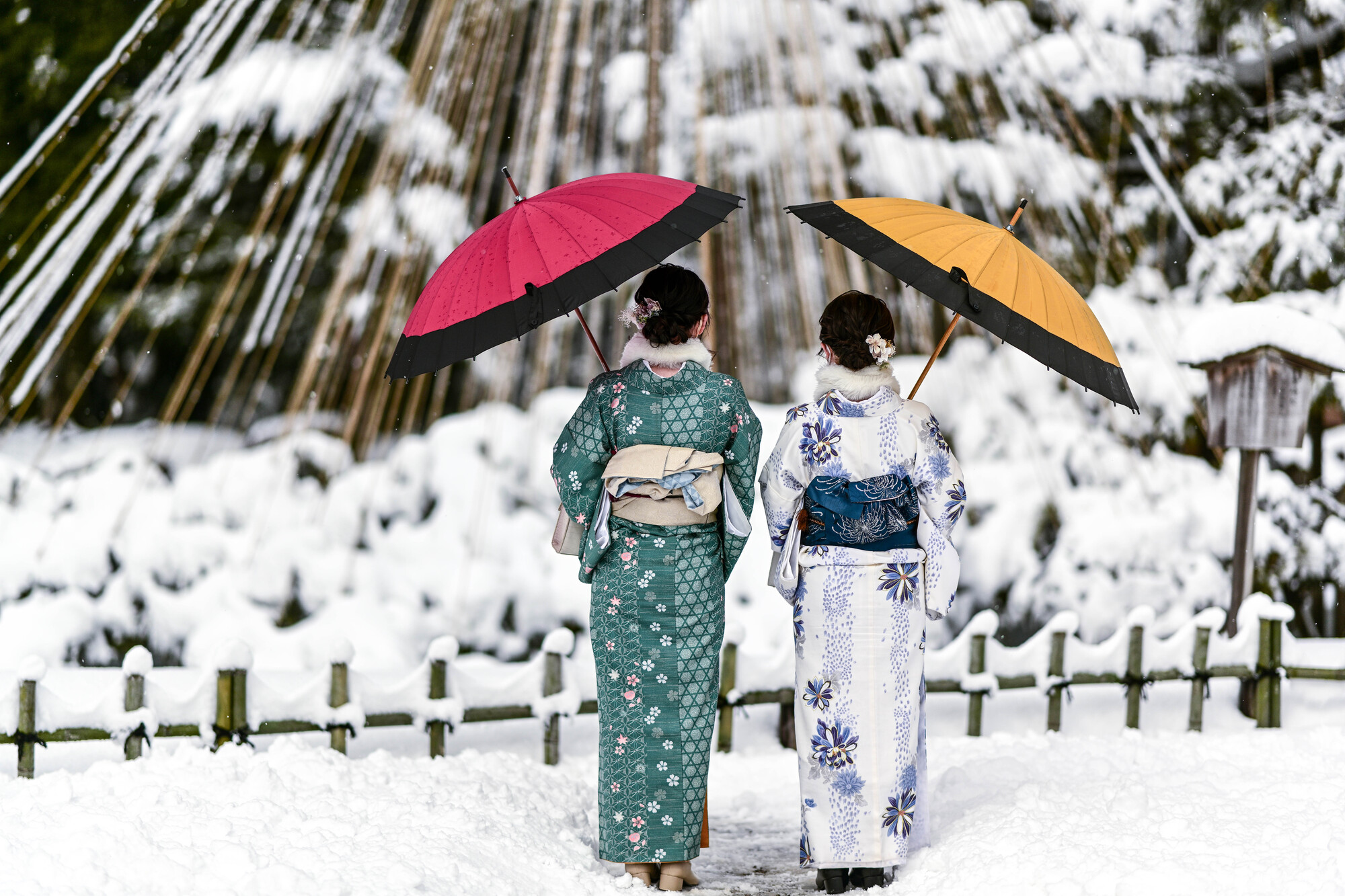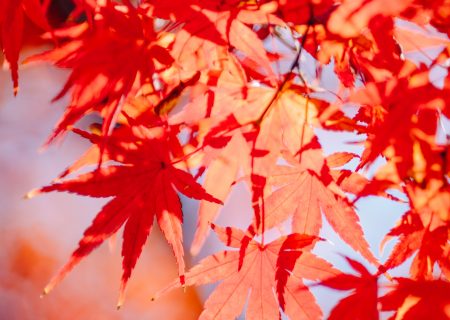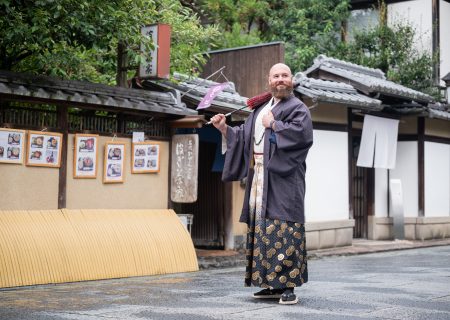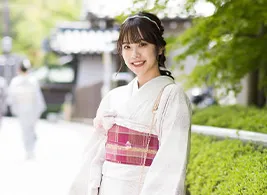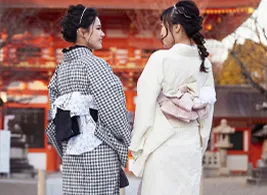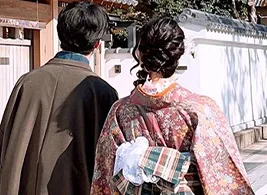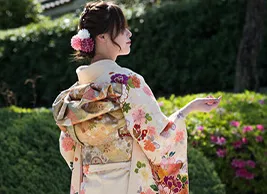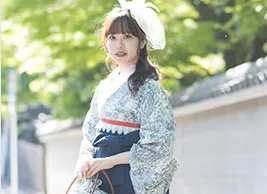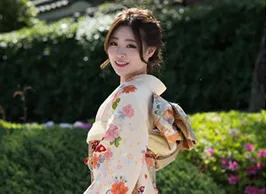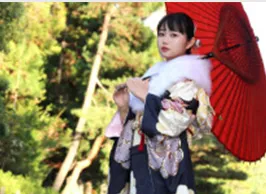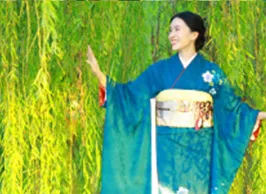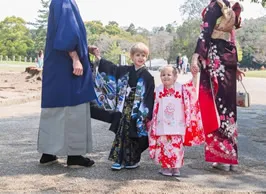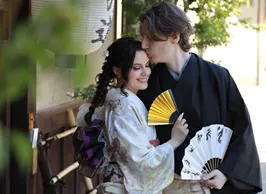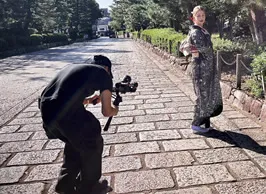There are many tourist spots to visit in winter, but Kyoto is one of the most popular.
When it comes to Kyoto’s winter scenery, the famous snow-covered Kiyomizu Temple, Kibune Shrine, and Kamogawa River are famous. When it snows, you can see beautiful scenery that will literally leave you speechless.
However, Kyoto in winter is very cold!
In Kyoto, cold air tends to accumulate and the temperature tends to be lower than the surrounding area. If you plan to rent a kimono and go sightseeing, be sure to take precautions against the cold.
Here we will tell you about the specific coldness of Kyoto in winter and the cold-weather items you should bring.
This is essential information if you are sightseeing in Kyoto in winter, so please read it!
Index
How cold is winter in Kyoto?
Even if you say, “Kyoto’s winters are cold,” if you live north of Kyoto, you might think, “I don’t mind a little bit of cold,” or “Even though it’s cold, it’s Kansai, right?”
It’s true that in winter in Kyoto, the minimum temperature is -2 to 3 degrees Celsius, and the maximum temperature is 5 to 6 degrees Celsius, so just looking at the numbers, it doesn’t seem that cold.
However, what is scary is that Kyoto is a basin. Even if it’s not that cold just by looking at the temperature, it’s still really cold.
In Kyoto, this is called “Kyoto’s bottom cold.” When it’s really cold in January and February, even if you’re wearing a coat, your body will get cold from the inside out, and you’ll often feel like you’re freezing.
Therefore, if you want to enjoy Kyoto in winter in a kimono, we strongly recommend that you take proper measures to protect yourself from the cold.
Cold weather items you should bring!
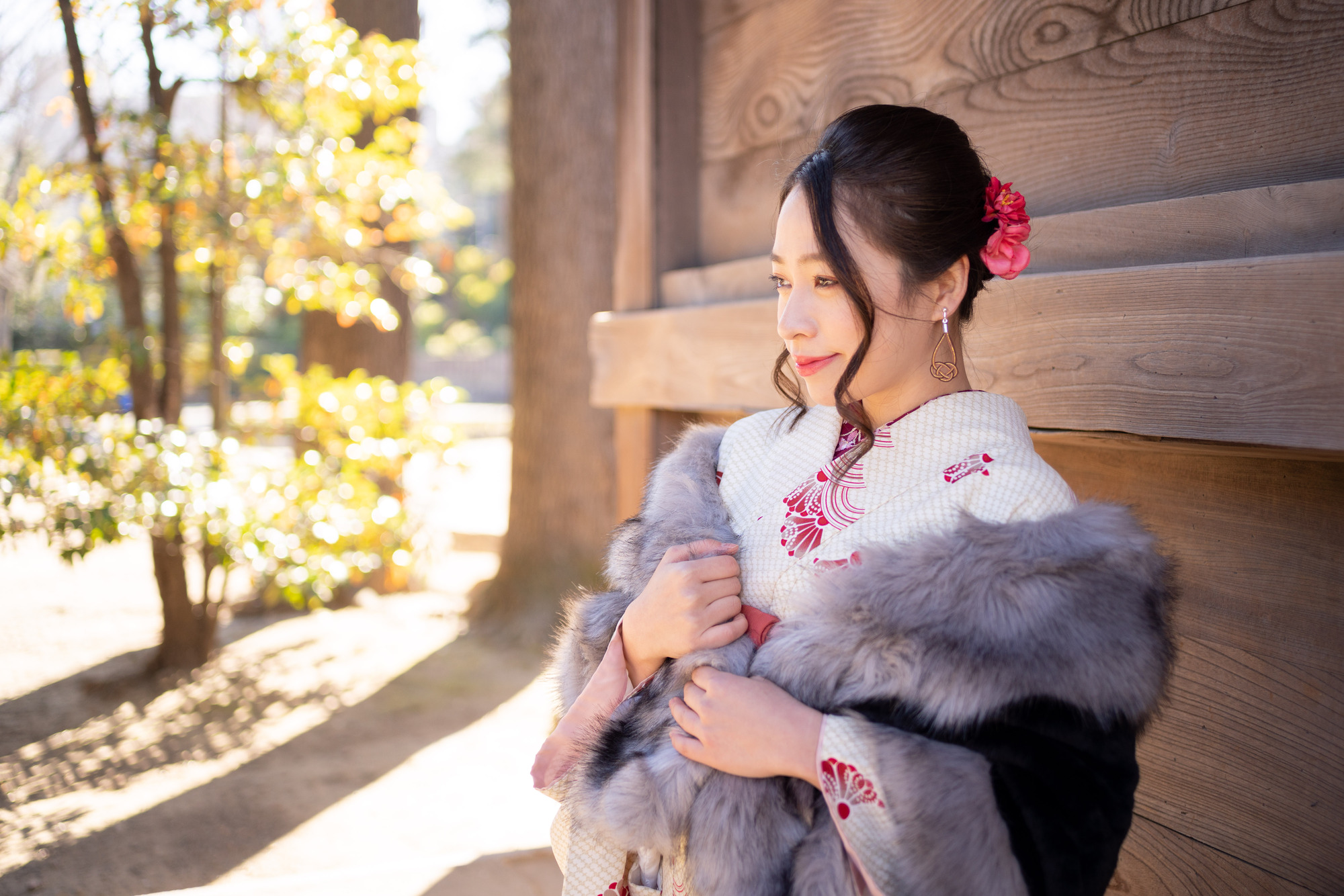
When renting a kimono, there are two types of cold-weather items: items you can bring with you and items you can rent at the store.
Here, we will introduce specific examples of “cold weather items you can bring” and “cold weather items you can borrow!”
Cold weather items you can bring with you
Winter inner shirts (Heattech) are loved by many people during the cold season. If you are going to wear a kimono in Kyoto in winter, this is a must.
By wearing an inner shirt like HEATTECH inside, you can get a moisture-absorbing heat generating effect, which will keep you warmer than wearing a regular inner shirt.
However, you need to be careful that the inner shirt is not visible through the collar of the kimono. The collar of a kimono is more open than regular clothing, so if you wear a regular crew neck or V-neck inner shirt, it may be visible from the outside.
Also, the collar on the back of the kimono is slightly wider. Also, be careful not to be visible from behind.
For these reasons, when buying an inner shirt for a kimono, it is a good idea to buy one with a wide U-neck neckline.
Because the kimono has an open hem, a lot of cold air can come in through your feet. Therefore, we recommend wearing leggings or spats to protect your feet from the cold!
Some people may hear this and think, “Isn’t it okay to wear tights as long as it protects my feet from the cold?” However, if you wear tights, you won’t be able to open your fingertips, so you won’t be able to wear sandals.
If you’re thinking, “It’s winter and I can wear sneakers or boots with a kimono,” then tights are fine, but if you’re thinking, “I want to make my whole body look Japanese-style!” Be careful to wear leggings or spats that have exposed ends.
Speaking of winter’s ally, it’s warmer. When wearing a kimono, a warmer is one of the recommended items for cold weather.
The reason why non-stick warmers are recommended instead of stick warmers is because stick warmers cannot be removed after putting on a kimono, and in some cases may cause low-temperature burns.
Therefore, when using a warmer, we recommend that you put it inside your sleeve or obi after wearing the kimono. By doing so, you can use it while making adjustments such as taking it out when it is hot.
Kimono is something I’m not used to wearing. We recommend using adjustable stick warmers instead of non-stick warmers that cannot be removed once you put on the kimono.
Since the kimono is wide open not only at the feet but also at the sleeves, we recommend wearing gloves to protect yourself from the cold. In particular, long gloves, which reach around the elbow, will protect you from the cold.
However, in today’s world, many people think, “I can’t use my smartphone if I wear gloves, so that’s a problem.” In such cases, we recommend that you wear gloves with only the fingers open.
Even when wearing a kimono like this, there are many ways to protect yourself from the cold! Innerwear in particular cannot be rented at a store, so be sure to take precautions at home before going to a kimono rental store!
Kimono rental plan set contents, Waplus Kyoto
Cold weather items available for rental at kimono rental shops
Now, let’s introduce some cold-weather items that you can rent at the store.
Many of the cold-weather items that can be rented at kimono rental shops do not disrupt the Japanese atmosphere of the kimono.
We will tell you about 4 cold-weather items that can protect you from the cold while still maintaining a Japanese-style atmosphere!
Most kimono rental stores have a haori for cold weather.
A haori that is long enough to reach around your knees acts like a windbreaker to protect you from the wind, making it more effective against the cold than you might think.
There are various colors and patterns, so you can enjoy coordinating them. Please consider the total coordination with the kimono, obi, accessories, etc. when choosing a haori.
Kimono fur, which is often seen in coming-of-age ceremony long-sleeved kimonos, is also a cold-weather item. Just adding fur will make your kimono look even more luxurious.
The advantage of fur is that it does not hide the pattern of the kimono. If you wear a haori, it will hide the pattern of the kimono, but if you use fur, it will not hide the pattern of the kimono you are wearing underneath.
However, the collar of the kimono will be hidden, so be careful.
I think many people use shawls and stoles even when they are wearing clothes on a daily basis.
These cold-weather items can also be rented at many kimono rental shops. If you have a shawl, but it doesn’t seem like mine would go well with a kimono, or if you want to wear a stole with your kimono, we recommend renting one.
Since wind tends to come in through the sleeves of a kimono, arm warmers that cover not only your hands but also your arms are also a popular cold-weather item. Knit material arm warmers and fluffy fur material arm warmers are popular. You can enjoy wearing a stylish kimono even on cold days.
If it rains or snows on the day you visit Kyoto, we recommend using a Japanese-patterned umbrella.
When it snows, some people say, “You don’t need an umbrella.” However, if snow sticks to your kimono, it will cause your body to cool down.
By using a Japanese-patterned umbrella, you will be able to keep warm and have fun even on rainy or snowy days while keeping warm.
As mentioned above, there are various types of cold protection items.
If you’re thinking, “I want to protect myself from the cold, but I also want to keep my whole body wrapped up in a Japanese style,” we recommend that you ask a store about what kind of cold-weather items they have.
Where is it cold to wear a winter kimono?
When taking measures to protect against the cold, the important thing to know is where to protect against the cold.
When wearing a kimono, the areas where wind is most likely to enter are the neck, wrists, and feet.
If you are renting a kimono in Kyoto in winter, be sure to protect yourself from the cold in these three locations.
By doing so, you will be able to fully enjoy Kyoto in winter without being overwhelmed by the cold.
Unique to winter! Enjoy the Japanese-Western eclectic coordination
When renting a kimono, some people think that they need to dress in Japanese style from head to toe, but that is definitely not the case.
Since it’s winter, you can enjoy a mix of Japanese and Western outfits, such as “trying to match your kimono with boots” or “wearing a poncho coat over your kimono to protect yourself from the cold.”
When it comes to wearing a kimono, there’s no rule that says you have to wear only Japanese-style items, so it’s a good idea to think about your favorite Japanese-Western style coordination.
Let’s look for coordination that can be enjoyed only in winter, when you can layer a lot of clothes!
Summary|Let’s enjoy Kyoto in winter by wearing kimono and taking precautions against the cold!
Up to this point, we have introduced the “recommended cold-weather items” necessary to enjoy Kyoto in winter in a kimono.
It’s true that Kyoto is cold in winter, but it’s also true that you can enjoy the beautiful scenery that only winter can offer.
At Waplus Kyoto, we also introduce Cold weather itemsWe also carry items such as those mentioned in this article. Enjoy Kyoto in winter to the fullest by using cold-weather items!
What you need to know when renting a kimono in Kyoto Kimono underwear situation
Kyoto location photo spots where you can enjoy wearing a rental kimono. Introduction
Tag
Author of this article

Waplus Yasaka Shrine store staff
Ayana Ogawa
We would like to help many customers smile through kimono rental.
I love spending time listening to customer requests and proposing kimono coordination and deciding on hair styles!
I am particularly good at hair styling, so please leave it to me to create the currently popular feminine hair.
I'll make it look cute!
My hobbies are music, movies, and shopping!
Please come and visit Waplus Kyoto!
We will suggest cute coordination!


